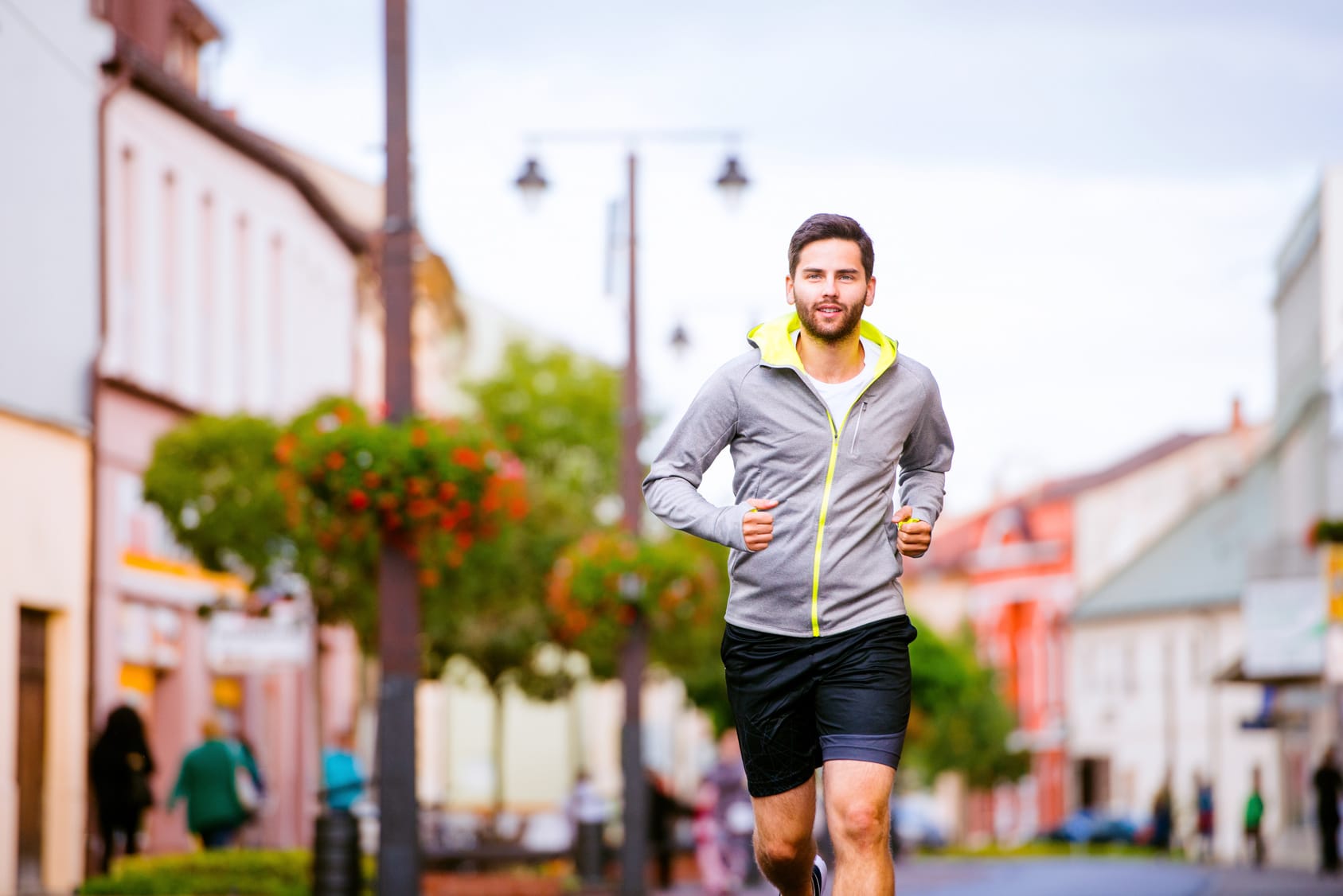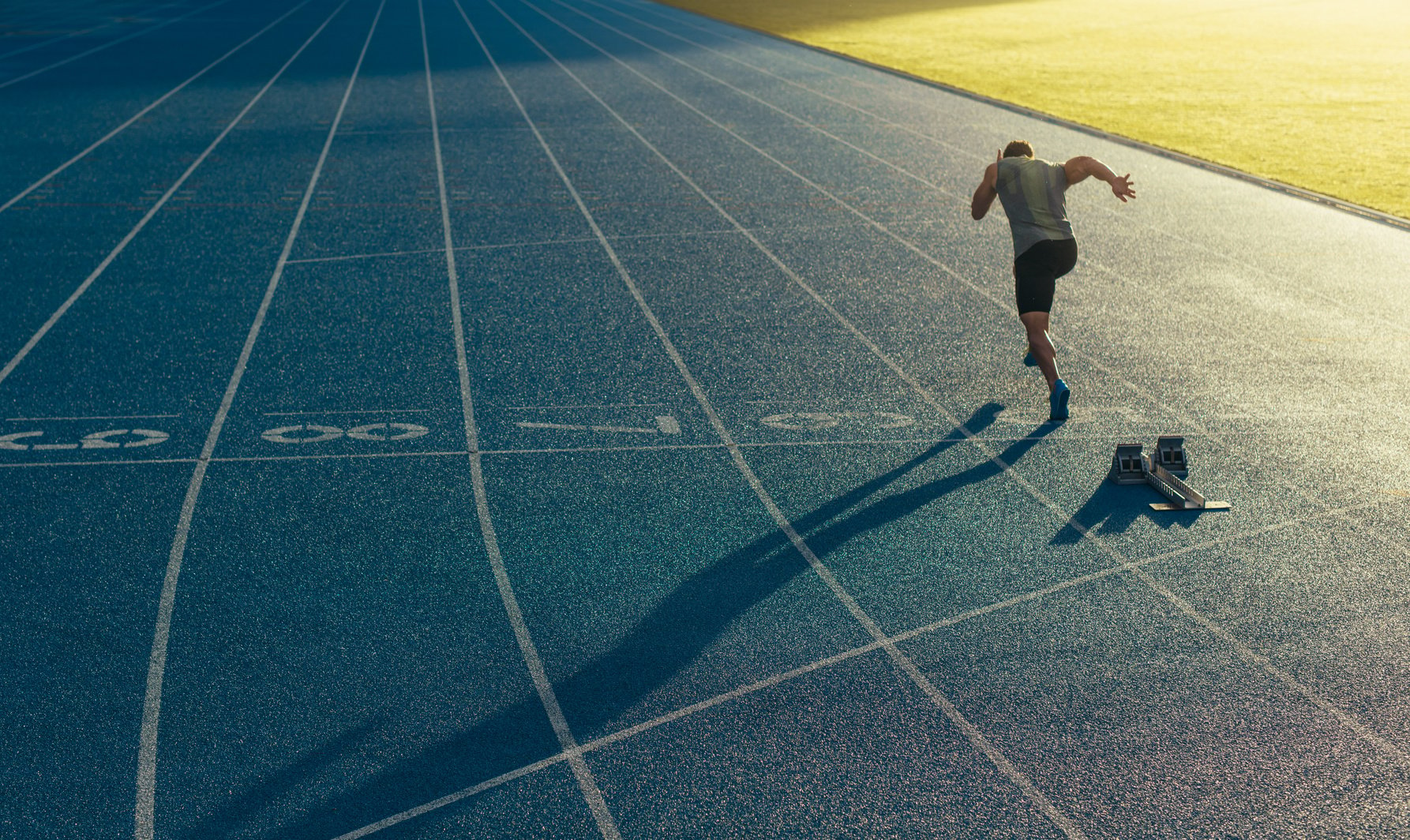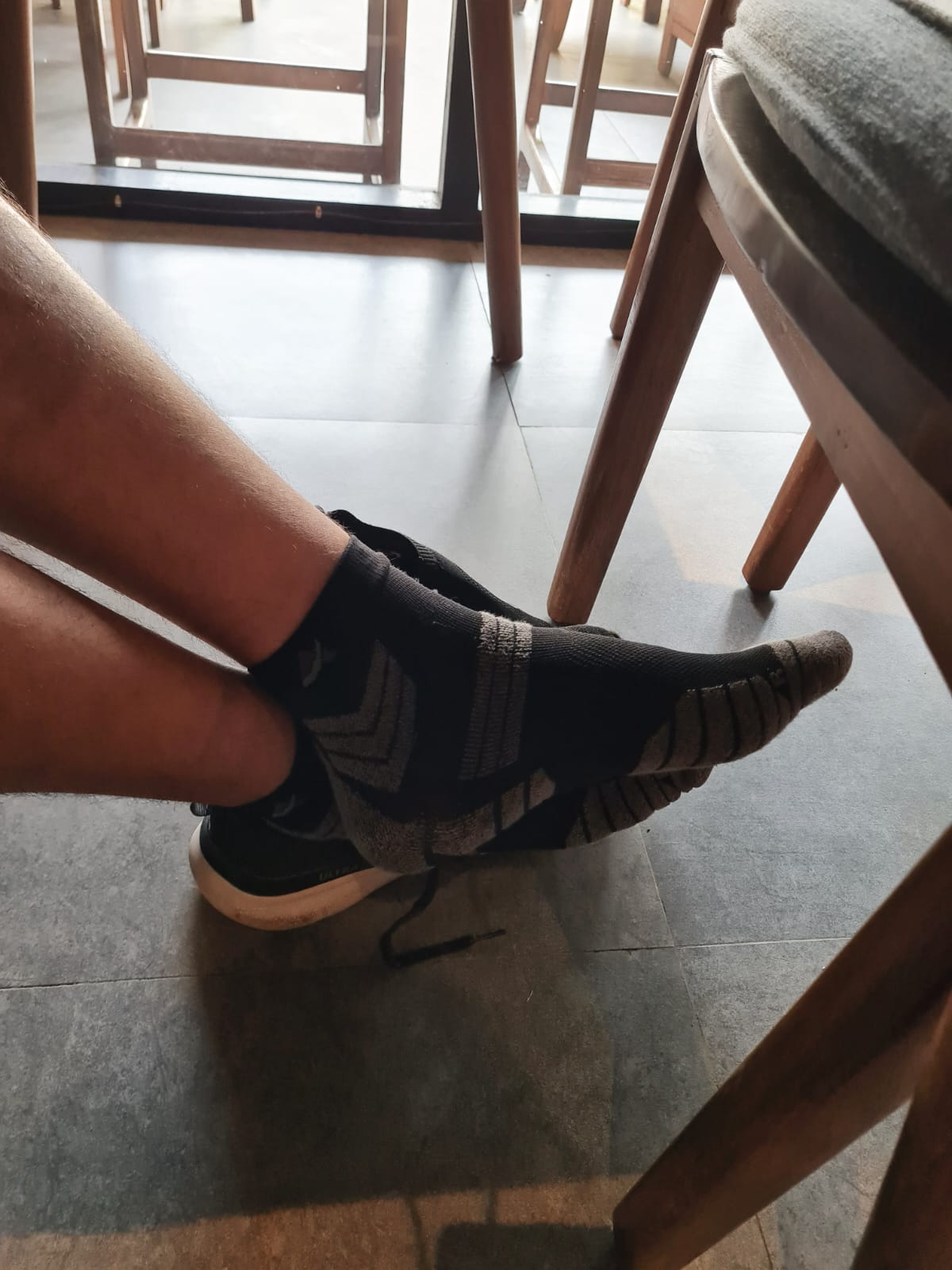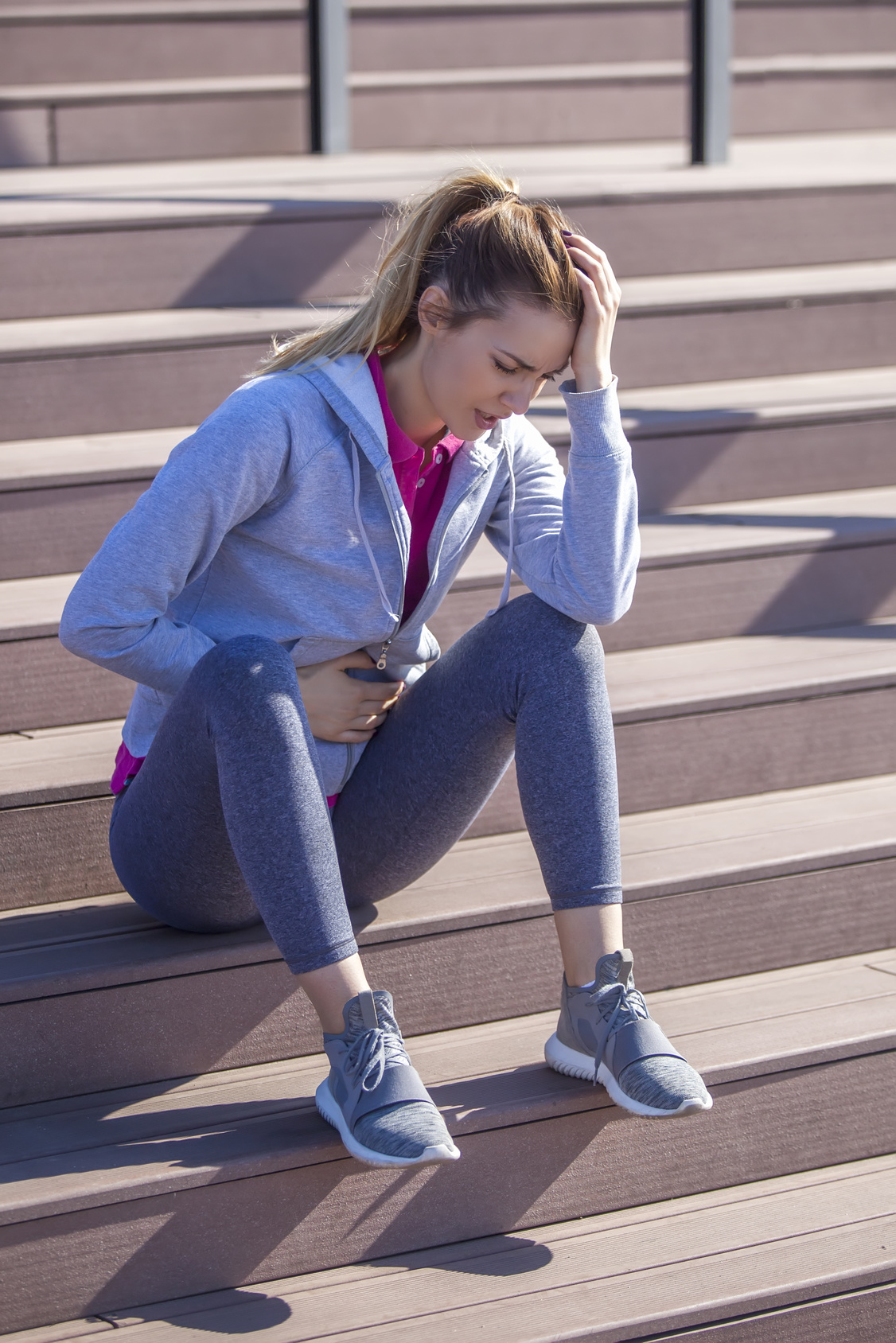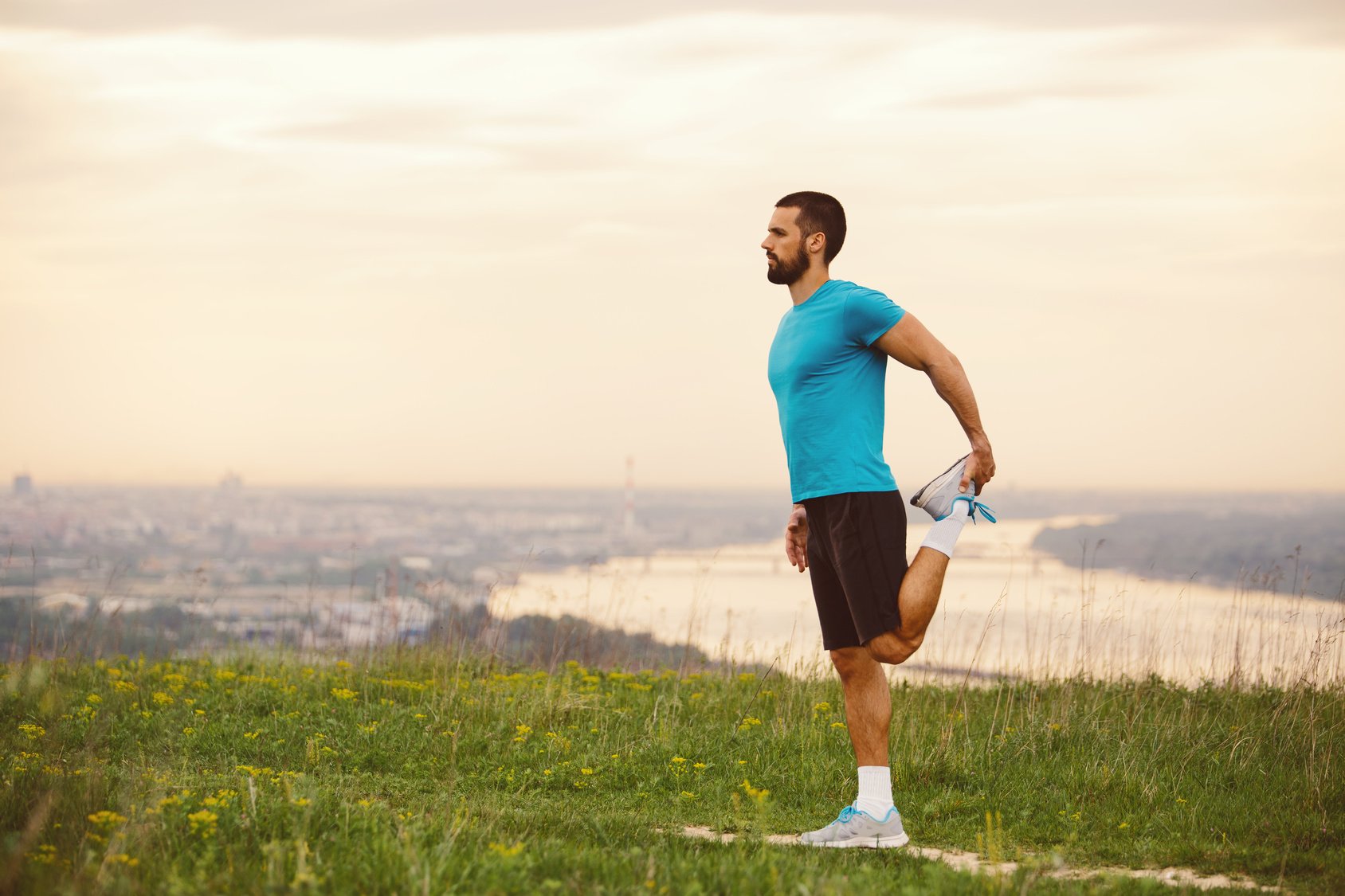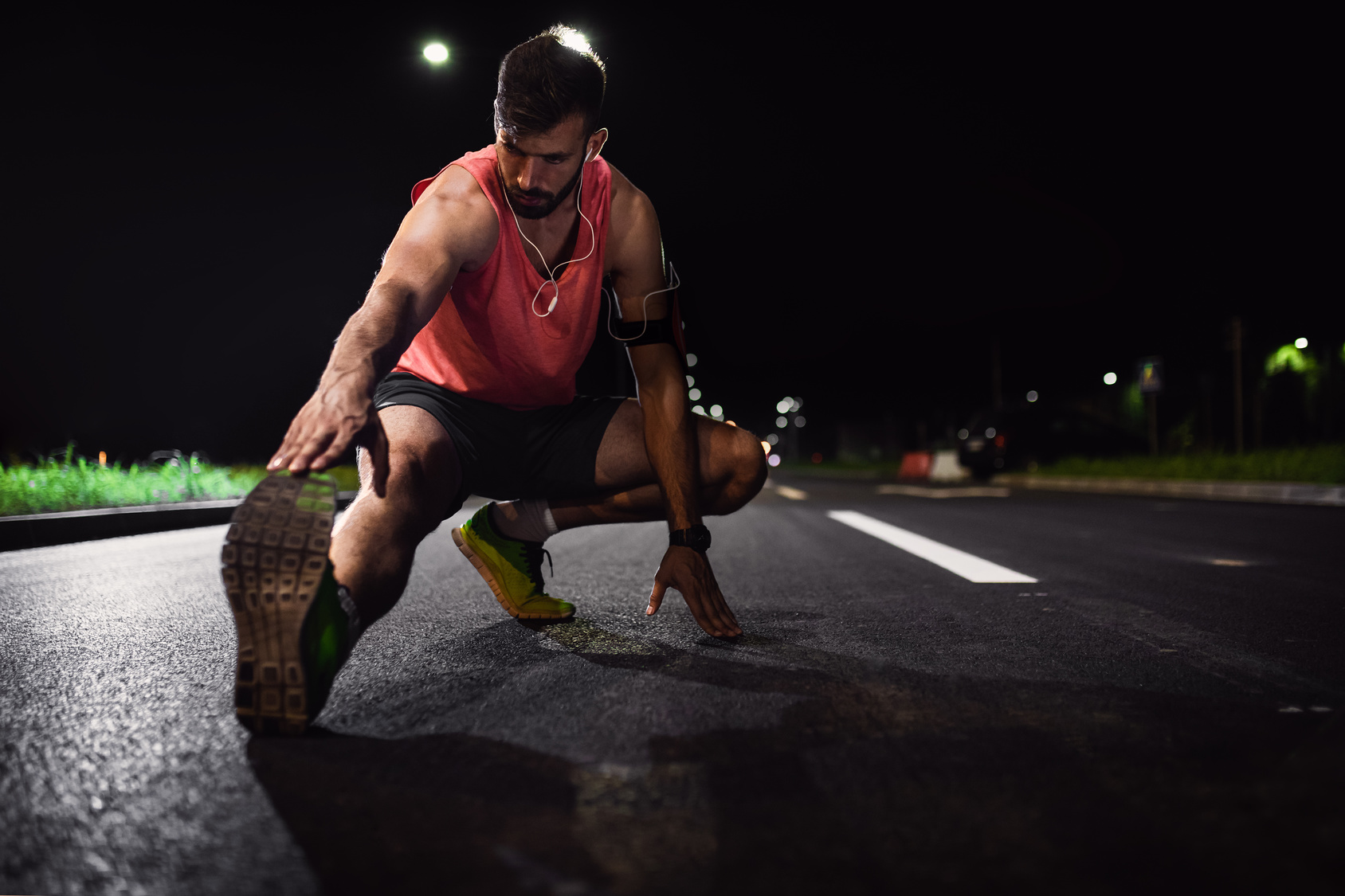Are you on the hunt for a simple yet effective solution to ease those pesky knee issues? Well, you’re in for a treat because I have just the thing for you: KT tape for runners’ knee. Yes, this magical tape might just be the answer you’ve been seeking.
Let’s get real for a moment. We’ve all heard of the dreaded runner’s knee, haven’t we? It’s that bothersome knee pain that can really put a damper on our running game. They call it chondromalacia patella in fancy medical terms, but what we’re after is relief—fast and long-lasting.
Enter KT tape, the trusty companion of many runners who’ve battled with knee pain. This kinesiology tape has proven to be a reliable ally in soothing the aches and discomfort associated with runner’s knee. Not only does it provide immediate relief, but it also works wonders in improving your knee mechanics, helping you prevent future problems.
But before you dash off to grab yourself a roll of KT tape and hit the pavement, I want to make sure you know what you’re dealing with. That’s why I’ve put together this guide on using KT tape specifically for runners’ knee.
Trust me, there’s more to it than just slapping on some tape. You’ll learn about the incredible benefits of taping, including compression and support, which can work wonders for your knees.
Runners Knee Explained
Picture this: you’re out on the trails, the wind in your hair, and the sun kissing your skin. It’s the perfect day for a run. But then, out of nowhere, that familiar pain starts creeping up on you—runners’ knee strikes again. Ah, the woes of our trusty patella!
Runners’ knee, my friend, is a result of the wear and tear we subject our knee joints to during those exhilarating runs. It’s like a battle between our ambitious running goals and our poor, overused kneecap. And let me tell you, the kneecap doesn’t always come out victorious.
So, what does this runners’ knee bring to the table? Well, you can expect local swelling and pain that makes its grand entrance whenever you put weight on that knee or bend it. And if that’s not enough, you might even experience a disconcerting clicking sensation around the kneecap. Definitely not a fun party trick.
Now, here’s the kicker: runners’ knee doesn’t discriminate. Whether you’re a seasoned marathoner or a fresh-faced beginner, this condition can sneak up on anyone. It’s like a mischievous sprite, playing tricks on our knees when we least expect it.
When you find yourself facing the wrath of a knee pain, you’ll notice that the pain usually hangs out on the lateral side of the knee during weight-bearing. That’s just a fancy way of saying it loves to throw a party around the patellar tendon. Talk about a knee that knows how to make its presence known!
At first, the pain might seem mild, like a distant annoyance. But don’t be fooled. Over time, it can transform into a stabbing pain that just won’t quit. And if that’s not enough, it may even decide to take a road trip down to your lower leg. Now, that’s one unwelcome guest!
Now, let’s talk about the culprits behind this knee-drama. There are a myriad of factors that can contribute to the development of runners’ knee. It’s like a perfect storm of knee alignment issues, muscle weakness, and faulty running mechanics. But fear not for there are ways to treat and prevent this troublesome condition.
If you’re eager to delve into the realm of runners’ knee remedies, I’ve got you covered. Check out my comprehensive guide where I spill all the beans on how to tackle this pesky knee pain. From treatments to prevention strategies, it’s a treasure trove of knowledge that’ll have you back on your feet in no time.
KT tape and its Impact on Knee Pain
Over the past few years, the use of KT tape has exploded in the running world. Go to any running event, from your local 5K to a marathon race, and you’ll likely see more than one runner using kinesiology tape.
But what is KT tape, and how come it has become a reliable tool in the fitness world?
Keep on reading.
Additional resource – CBD oil for runners
What Is KT Tape
Imagine a world where tape becomes your trusty sidekick in the battle against muscle pain and joint discomfort. KT tape, the hero of our story, takes center stage with its stretchy, elastic nature and ability to provide sensory input while allowing your body to move with freedom.
But where did this remarkable tape come from? Well, its origins can be traced back several decades. Dr. Kenzo Kase, an ingenious mind in the field of medical solutions, developed the concept of KT tape in the 1970s. He sought to provide his patients with practical solutions that extended beyond the confines of his clinic. With his innovative tape, Dr. Kase aimed to promote the body’s natural mechanisms and maintain proper joint alignment even after his patients left his care.
Dr. Kenzo’s journey was not an easy one. He tirelessly researched and experimented to create an adhesive tape that would mimic the unique characteristics of human skin. He delved into the depths of tape technology, exploring elasticity, thickness, flexibility, and breathability. The result? KT tape, a tape that could seamlessly blend with the human body, becoming an extension of oneself.
And what does science have to say about this tape marvel? Well, research has shown promising results. Studies have reported that the use of KT tape can provide relief for individuals suffering from osteoarthritis, reducing pain and improving joint mobility. It’s like a ray of hope, illuminating the path to a pain-free existence. The statistics speak for themselves, showcasing the potential benefits that lie within the reach of KT tape users.
But here’s the best part—KT tape isn’t just for the elite few or the medically inclined. No, it’s for everyone. Whether you’re a seasoned athlete recovering from an intense workout or an everyday warrior battling the aches and pains of daily life, KT tape has something to offer.
Additional resource – Common running injuries
How to Use KT Tape for Runners Knee
Imagine your knee as a delicate balancing act, with the patella at the center, moving smoothly and harmoniously as you navigate through life. But sometimes, this balance is disrupted, and knee pain becomes an unwelcome visitor. That’s when the art of taping comes into play, offering a potential solution to restore stability and ease your discomfort.
When it comes to knee pain, one technique that often comes to the rescue is the art of patellar taping. This method, developed by the skilled Jerry McConnel, aims to correct altered patellofemoral kinematics, allowing you to regain control and resume your daily activities—well, almost all of them, as running may require some extra caution.
Patellar taping is like a secret weapon in your self-management arsenal. It’s easy to apply, cost-effective, and can be highly effective in reducing pain and preventing excessive movement while bearing weight. It’s like having a guardian angel gently guiding your patella back into alignment, restoring the harmony within your knee joint.
Additional Resource – Running after knee replacement
Knee Tape for Running – The Goal
Here’s the important thing to remember: taping is an art, and like any art form, it requires finesse and precision. You don’t want to end up with a masterpiece gone wrong. That’s why it’s crucial to find the right method for your specific issue.
Research and resources can be your allies in this journey, offering insights into the correct taping techniques and ensuring you apply the tape in a way that brings relief rather than exacerbating the problem.
Speaking of resources, have you ever considered running after knee replacement surgery? It may seem like a daunting challenge, but fear not. Additional resources are available to guide you on your post-surgery running adventure, providing valuable insights and tips to keep you moving forward towards your goals.
Warning
Now, let’s talk about the goal of knee taping—improving stability. Think of it as a supportive hug for your knee joint, providing that extra layer of security as you go about your activities. The tape acts as a silent companion, reducing pain and limiting excessive movement, allowing you to conquer each step with confidence.
But here’s a word of caution—tightness matters. You want the tape to provide support, but not at the cost of hindering circulation. It’s a delicate balance, finding that sweet spot where the tape embraces your knee with just the right amount of pressure. So, take your time, experiment, and adjust until you find what works best for you.
Additional Resource – Running with Hemorrhoids
The Process Of Taping For Knee Pain
KT tape is like a superhero cape for your body, designed to mimic the incredible elasticity of human skin. It’s not just your ordinary tape that peels off at the slightest touch. Oh no, this tape means business. Once you apply it, it’s there to stay, even through intense training sessions and refreshing showers. Talk about durability!
But what sets KT tape apart from its mundane tape cousins is its magical ability to lift and create space. Imagine a gentle breeze lifting a curtain, revealing a hidden world behind it. That’s exactly what KT tape does to your skin. It delicately lifts the surface, creating a space between your skin and the underlying tissues. And why does this matter? Well, my friend, this space works wonders for your body.
When you’re injured, your body’s natural response is to send fluid rushing to the affected area. It’s like a traffic jam of blood and other fluids, causing swelling and inflammation. But fear not, for KT tape is here to save the day. By lifting the skin, it helps improve circulation and lymphoid flow. Think of it as clearing the roads for a smooth flow of traffic, reducing congestion and allowing the fluids to disperse.
With improved circulation, the swelling begins to retreat, giving you some much-needed relief from the pressure. And that’s not all. As the circulation returns to normal, a wave of nutrients and oxygen washes over the injured tissues, aiding in their healing and recovery process. It’s like a rejuvenating elixir, bringing life and vitality to the area that needs it the most.
How To Apply KT Tape for Runners Knee While Running
Alright, let’s get our taping game on! Before we dive into the world of tape and scissors, let’s gather our supplies. It’s like preparing for a grand adventure, where every tool counts. Here’s what you’ll need on your taping quest:
First, we have the tape itself. Choose a high-quality KT tape that suits your needs. It’s like picking the perfect sword for battle, ensuring you have the right weapon in your arsenal. And don’t forget your trusty scissors, ready to trim the tape to perfection.
Next, we have the low allergy or elastic tape. Think of it as the secret potion that helps the adhesive tape stick like a champ. It’s like a magical glue that ensures everything stays in place.
But wait, we’re not done yet! We need to prepare our battlefield—uh, I mean our knee—for the tape. Enter the pre-wrap. It’s like laying a protective layer before the final armor. Wrap your knee with the pre-wrap, ensuring it’s clean and ready for the tape’s magical touch.
Now that we’ve gathered our supplies, it’s time to dive into the taping process. But fear not for it’s not as complicated as it sounds. In fact, some KT tape products come precut, making your life a whole lot easier. Simply choose the right size for your leg, like finding the perfect fit for a well-crafted piece of armor. Once you’ve got the right size, you’re good to go!
Now, let’s unveil the steps to taping mastery:
- Start with a clean knee, like a blank canvas ready for a masterpiece. Ensure there’s no dirt or sweat to hinder the tape’s adherence.
- If you’re using pre-wrap, gently wrap it around your knee. It’s like laying down a foundation, creating a smooth surface for the tape to adhere to.
- Grab your precious KT tape and carefully apply it to the desired area. Remember, precision is key here. It’s like sculpting a masterpiece, shaping the tape to provide the support and stability you need.
- As you apply the tape, smooth it out with your hands, ensuring a secure bond. It’s like ironing out any imperfections, making sure the tape hugs your knee snugly.
And there you have it, my fellow adventurer! You’re now equipped with the knowledge to tape like a pro.
Patella Taping Method
Ah, patella taping, the art of aligning the kneecap like a skilled sculptor. If you’re ready to embark on this taping adventure,
I’ve got just the tutorial for you. Head over to this YouTube link:
It’s like a treasure map leading you to the secrets of successful patella taping.
Before we dive into the tutorial, let’s gather our tools and knowledge. Grab a measuring tape and get ready to explore the bumps and contours of your knee. We’ll start by measuring the distance from the bump under your patella, known as the tibial tubercle, to your quadriceps tendon.
Now that we have our measurements, it’s time to prepare the tape. Cut two strips of KT tape of similar length, but remember to round the ends to minimize peeling. We want the tape to stick like a loyal companion throughout our taping journey.
To begin the taping process, we need a sturdy anchor and protector for the skin. Place the low allergy tape over the front of the affected knee, creating a foundation for our masterpiece.
Now, imagine you’re an artist creating a masterpiece on a canvas. Take a piece of rigid tape and carefully position it towards the top of your patella. It’s like placing a pivotal brushstroke, setting the tone for the entire composition.
But wait, we’re not done yet! Add two more pieces of tape, strategically positioning them to enhance the alignment and stability of your patella. It’s like adding delicate details to bring your artwork to life.
And now, let’s create a teardrop shape that would make even the greatest artists envious. Place two strips of KT tape on your quads, then gracefully run them down both sides of the affected knee. It’s like tracing the graceful curves of a beautiful teardrop, ensuring your knee feels supported and secure
Congratulations, you’ve mastered the art of patella taping! Now, you have a few options. If you’re about to embark on a run, applying the tape beforehand can help soothe your knee pain, like slipping on a suit of armor before battle.
Alternatively, you can leave the tape on after your run until it gracefully falls off, typically taking around 24 to 48 hours. It’s like keeping a cherished memento of your taping adventure, a reminder of the support you provided to your knee.
When it’s time to bid farewell to the tape, remember to remove it slowly and gently. Peeling it off too quickly may irritate your skin, and we certainly don’t want that. It’s like unwrapping a precious gift with care, revealing the vibrant and resilient skin beneath.
The Research On KT Tape & Knee Pain
Ah, the elusive effectiveness of KT tape for knee pain, a topic that stirs both curiosity and skepticism. While many have shared their personal success stories, the scientific evidence is still playing catch-up in this realm.
It’s like diving into a treasure hunt, searching for concrete proof amidst a sea of anecdotal claims. I scoured the research papers, but alas, I couldn’t unearth any conclusive evidence to support the tape’s effectiveness in managing knee pain. The scientific landscape remains murky, my friend.
However, there’s a glimmer of light in the form of a review published in the esteemed Journal of Sports Medicine. This review delved into the use of KT tape for managing sports injuries and reported no clinically significant results supporting its use for pain relief. Though, intriguingly, some studies hinted at potential effects on muscle activity, leaving us uncertain about the tape’s true impact—like deciphering a cryptic code with no clear answer.
Additional resource – Knee brace for running
Consult Your Doctor
Remember, my fellow tape enthusiast, consulting your doctor or a trained physical therapist is of utmost importance. Seeking their wisdom and guidance will ensure you tread the right path in your taping journey. A runner’s knee is no mere trifle—it can sideline you for weeks or even months if not properly addressed. So, let’s align ourselves with the experts to avoid exacerbating our condition.
But wait, there’s more! It’s essential to understand that KT tape isn’t a one-size-fits-all solution, nor a magical cure for runner’s knee. Its role is limited, and it shouldn’t be viewed as a long-term fix. If you find that the tape didn’t yield the desired results or even worsened your condition, waste no time in consulting your doctor. They’re the compass that will guide you back on the right path.
KT Tape for Knee Pain While Running – The Conclusion
There you have it! If you’re looking for practical ways to tape your knee for pain then today’s article should put you on the right track. The rest is just details.
Please feel free to leave your comments and questions in the section below.
Thank you for dropping by.


